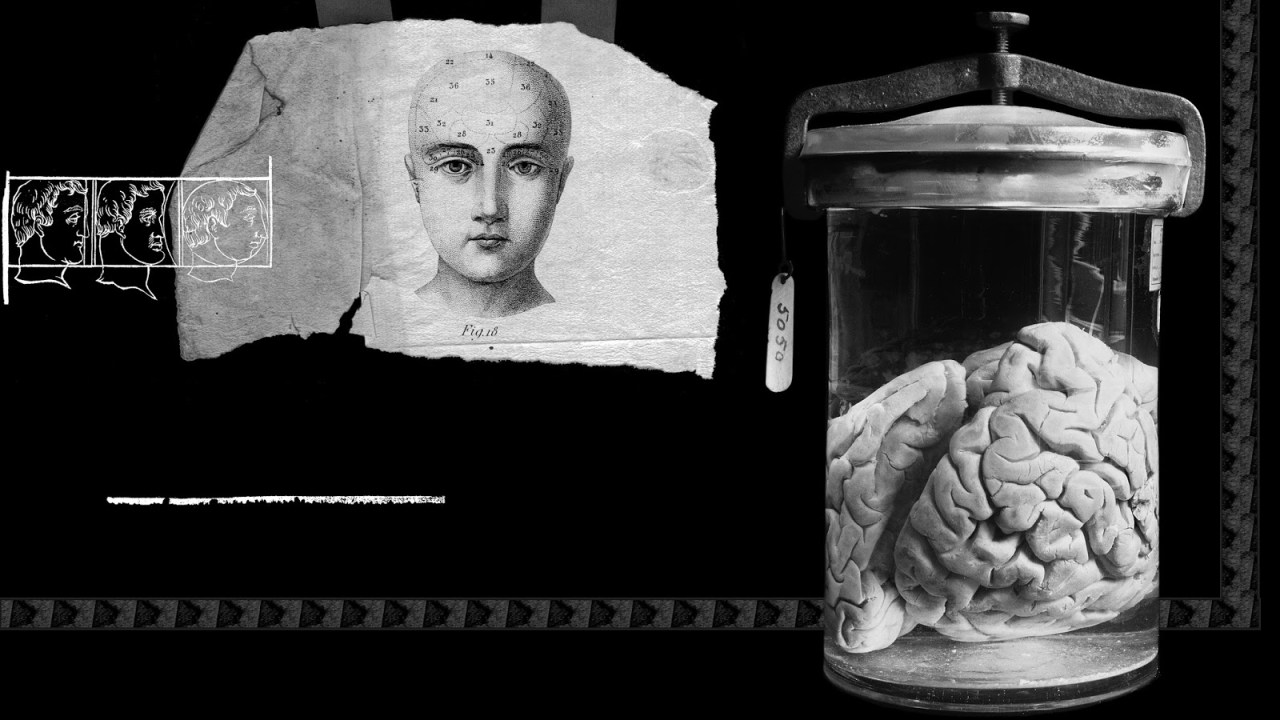
As a biologist, I’m familiar with the “edge effect”—the increase in biodiversity that occurs at the boundary of two habitats, such as forest and field. As a museum person, I believe in the power of the metaphorical application of this concept to our field. Inviting professionals from diverse backgrounds, with deep expertise developed outside museums, can result in an explosion of ideas and discovery. This week’s guest post by Tedi Asher describes one such collision: Tedi is a PhD. neuroscientist recently recruited by the Peabody Essex Museum in Salem, MA. Let the experiments begin!
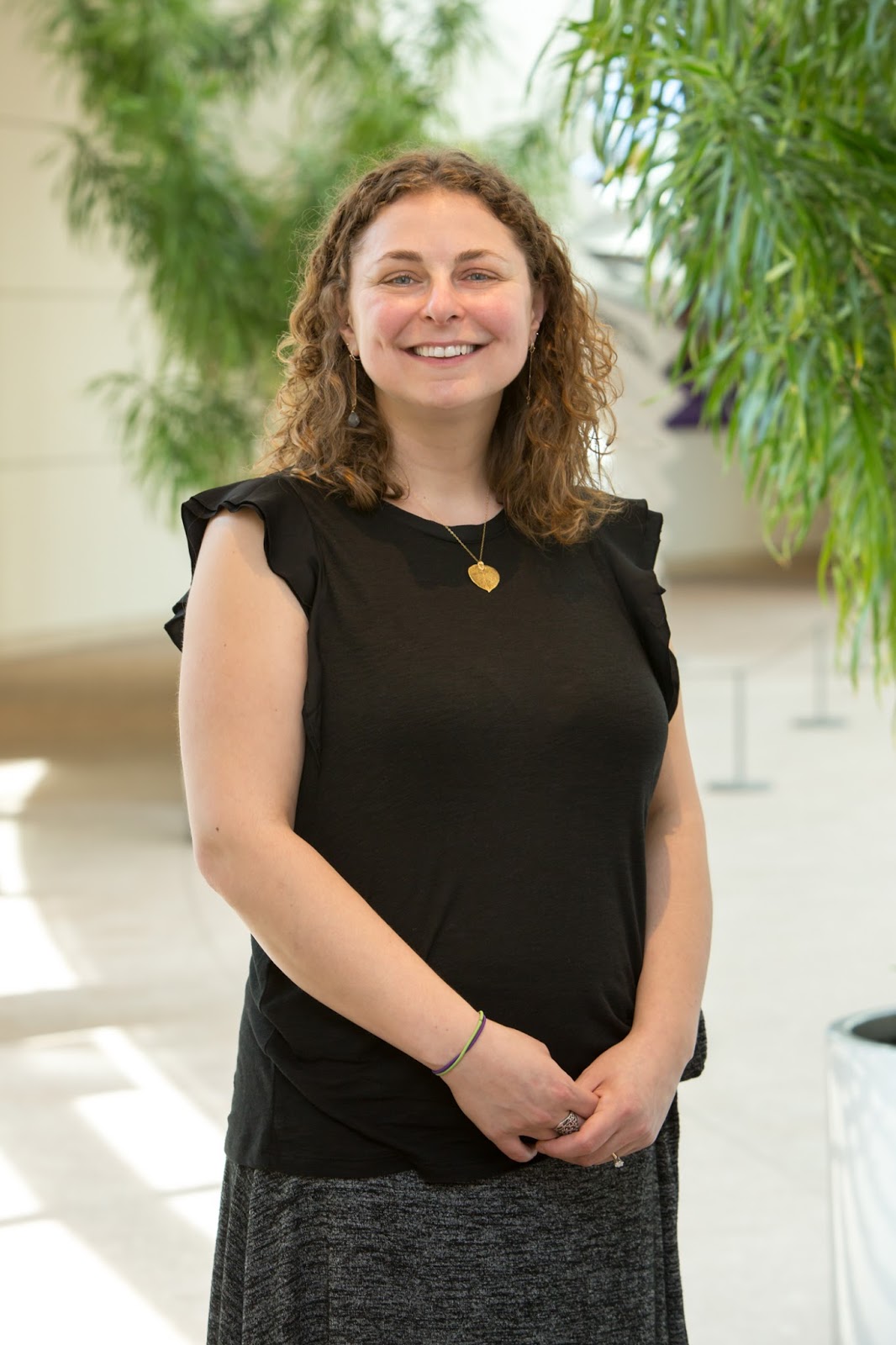 |
| Dr. Tedi Asher. Photo credit Kathy Tarantola |
I’ve recently found myself a fish out of water, a neuroscientist working in an art museum.
Before you run down the avenue of assumption, let me clarify that I have no background in art or museum studies. Sure, I liked to draw as a kid. Sure, my family is full of artists. Sure, I grew up in a suburb of Washington, D.C. and spent many of my childhood weekends visiting the Smithsonian as well as smaller private galleries that dot the city. But that, my friends, is where my experience with art ends.
Yet, here I find myself employed by an art museum.Let me explain….
Throughout my life I have been highly attuned to the emotional experiences of others. I always wondered why and how we experience emotions as we do. I began a formal investigation of these questions with the inception of my neuro-scientific career in 2003, when I began working in the neurobiology laboratory at my college, where I studied learning and memory in the common fruit fly.
I later went on to pursue a doctoral degree in neuroscience, during which I investigated the neurobiological underpinnings of aggressive behavior in mice. While fulfilling, fun, and illuminating, these laboratory-based experiences kept me at a distance from object of my curiosity…human emotion.
So, when I serendipitously stumbled upon an ad from an art museum looking to hire a neuroscientist I jumped at the opportunity. After all, where else, but at art museums, can one witness such breadth and depth of emotional experience?
This is why I accepted the position of Neuroscience Researcher at the Peabody Essex Museum (PEM) in Salem, MA this past spring. PEM’s mission is to create transformative experiences.Simple enough. Or is it? It turns out to be a rather complicated business; one which Dan Monroe, PEM’s Rose-Marie and Eijk van Otterloo Director and CEO, feels is best approached by gaining insight into how the human brain processes the physical world that comprises our external reality, and in doing so, inspires the emotions that constitute our internal milieu. You can learn more on Monroe’s thoughts about this from this recent New York Times story.
I have been tasked with investigating how our brains are wired to appreciate art and how we can use such knowledge to inform exhibition design. What, you might be wondering, does that even mean?! Well, folks, after about a month on the job, I have some ideas to share with you.
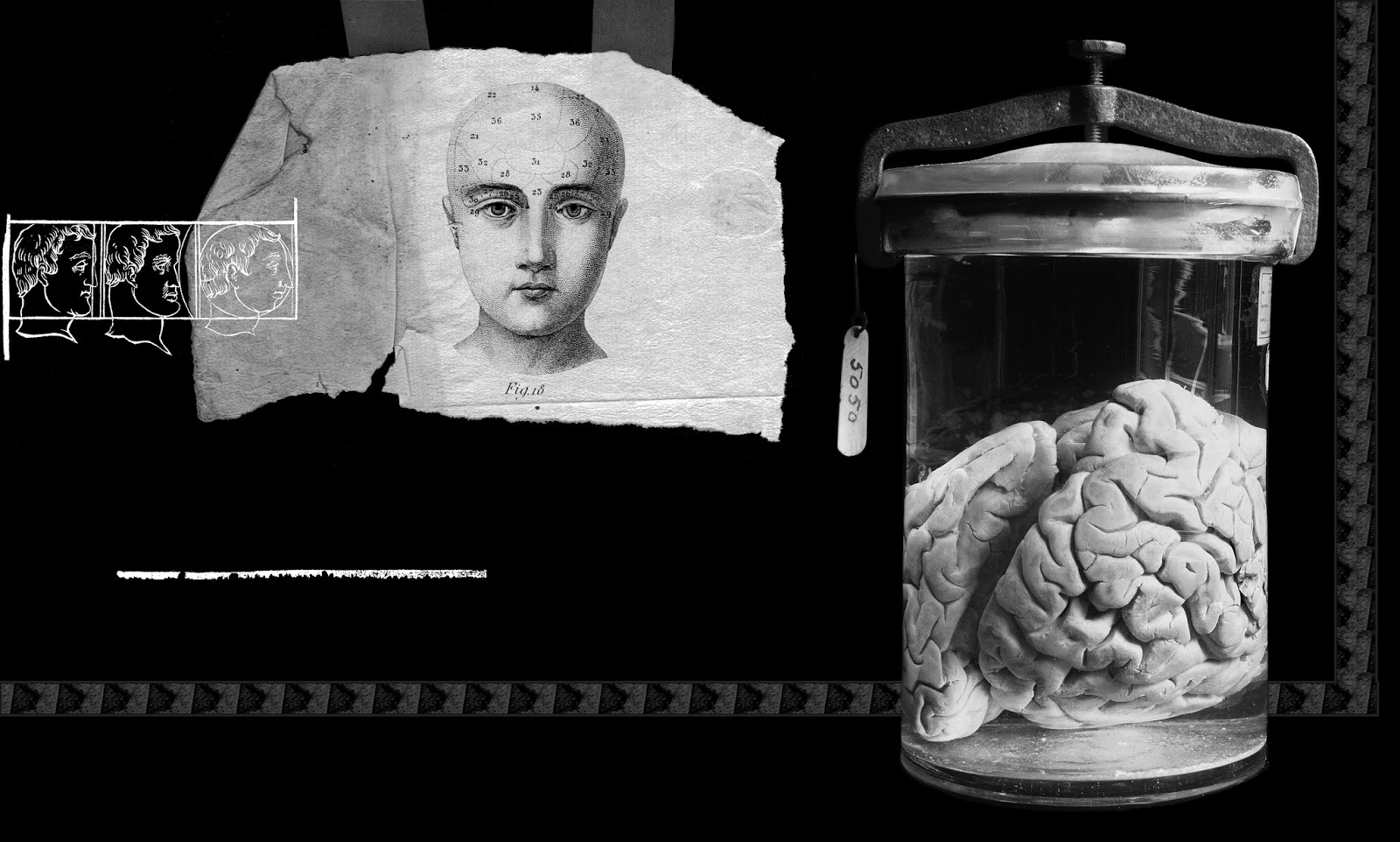 |
| Brain specimen with work from the PEM collection (see note at end of post.) |
The ABCs
I started with the basics: the biology of vision. Our visual system is empowered to detect brightness, color, motion, contrast…the list goes on, but you get the idea. In short, we appear to have a very powerful capacity to see. But, we must bear in mind that what we see, and how we feel about what we see, is a product of neurons in different parts of our brains talking to one another. Therefore, the way that these circuits are wired greatly impacts our visual and visuo-emotional perception.
Take, as an example, the sense of vibration or motion we experience when looking at a design composed of two colors of different hues (what we think of as color) but equal luminance (brightness). Color and luminance are processed by two different neural pathways in the brain: the “what” pathway assigns objects an identity (e.g. this is a chair) and can detect color. The “where” pathway assigns objects positions in space (e.g. the chair is next to the table), but cannot detect color, only luminance. When looking at an image where both colors have the same luminance, the “where” pathway cannot differentiate between the colors and therefore can’t assign them a position within the image, which results in the sense of motion and instability that we experience.
The idea, then, is that perhaps we can use such insight into the structure and function of our visual system to design exhibitions that generate a strong emotional response.
The XYZs
There are many “higher order” processes that are relevant to exhibition design: How are our attentional resources allocated in museums? When mixing media in an exhibit (e.g. auditory plus visual stimuli), which modality will most effectively impact our emotional reaction? How do we best absorb new information that will stay with us long after we have walked out the front door of the museum?
I now spend my workdays combing the scientific literature that address questions like these, which is fascinating. Better yet is bringing my findings into meetings with other PEM staff and applying the data to an exhibition, inspiring novel approaches to presenting works of art. These highly creative individuals latch onto neuroscientific findings and run with them in ways that I could never envision.
Finally, this new opportunity has allowed me to return to my childhood pursuit of comprehending the origins and dynamics of human emotion. I hope you’ll come along on this journey with us here at PEM.
To learn more about the Barr Foundation grant that funds my position and about PEM’s decision to hire a neuroscientist, see this recent front page story from the Boston Globe and this recent post on PEM’s blog, Connected.
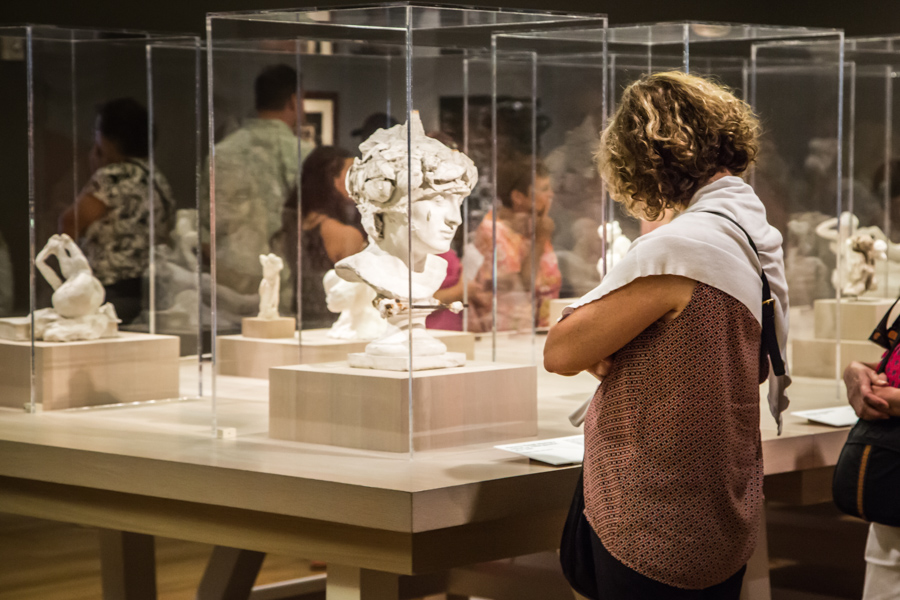 |
| Visitor in PEM gallery. Photo credit Allison White. |
Dr. Tedi Asher is Neuroscience Researcher at the Peabody Essex Museum in Salem, Mass. The position — which marks a first for an art museum — supports PEM’s neuroscience initiative and is made possible through a generous grant from the Barr Foundation. Dr. Asher earned her Ph.D. from Harvard Medical School’s Biological and Biomedical Sciences program and has spent the last 12 years gaining experience in a wide range of fields, including neuroscience and psychology. At PEM, she will synthesize neuroscience research findings and make recommendations on how museums can enhance and enrich the visitor experience.
1) Image juxtaposed with brain specimen: Olivia Parker (American, b. 1941) The Murderer’s Brain, 1996, printed 1980 Inkjet print 21 x 35 inches (53.34 x 88.9 cm) Peabody Essex Museum, Museum purchase with partial funds from Susan and Appy Chandler, 2014 2014.28.10

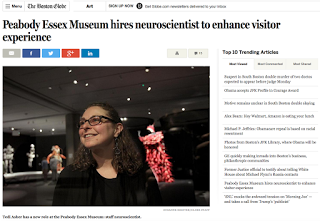








The "Edge Effect" echoes the phrase I heard somewhere, "innovation happens in the space between domains". The green-design field uses integrated design (people from different domains working together) to leverage the edge effect and innovation opportunities of the spaces between domains. This project at PEM sounds like a marvelous museum-based example of that work.
There are similarities, I expect, with the experience of creating the new position "Curator of the Anthropocene at Carnegie Natural History. Now that will be a cool new position to watch, too.
Presently, the Indianapolis Museum of Art is incorporating art and neuroscience into an exhibit, “Elegance from the East: New Insights from Old Porcelain,” perhaps the first of its kind in the nation. Guest curator, Shirley M. Mueller, M.D., a neurologist, collector and scholar does this by demonstrating the similarity of human feeling and motivations across time. She includes neuroscience insights in each of the six galleries in the exhibit.
The ninety some Chinese export porcelains in the exhibit—mostly made for use in the home—are on view in a special installation inside the historic Lilly House at the Indianapolis Museum of Art. The exhibit runs to October 22nd, 2017.